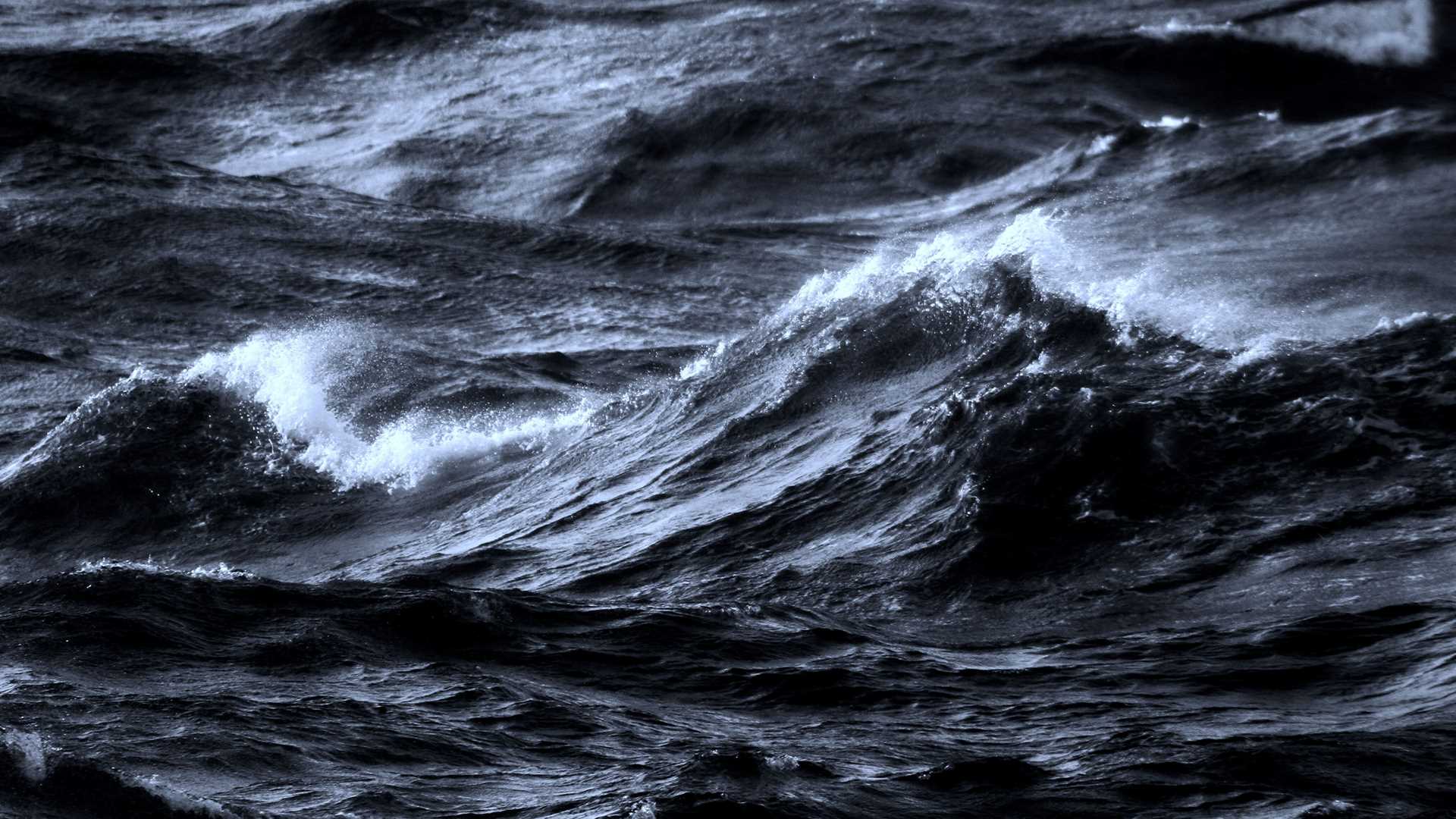Days at sea are often referred to as “transit days,” moving from one destination to another, a statement I couldn’t disagree with more. The seas themselves are destinations, especially ones as revered as the Drake Passage.
While the ocean presented endlessly changing sculptures of seawater, seabirds glided by effortlessly. This is a dynamic place and a glory to behold, exemplified when one of the most iconic residents of the area visited the stern of our ship. Wandering albatrosses, with the longest wingspan of any bird in the world, materialized from the horizon and followed our wake. These huge ocean wanderers traverse the Southern Ocean, and we just happened to attract some within viewing range in the evening. Few creatures tell the story of this area like they do, and it was a delight to watch them as we crossed 60 degrees south, the geographic border to the Antarctic.
On the ship, we busied ourselves with preparations for a landing in the South Shetland Islands tomorrow. Making sure our equipment and clothing are free of foreign objects such as seeds is incredibly important when visiting Antarctica. We take all necessary precautions to introduce as little as we can; this keeps the area as we found it when we depart. Presentations throughout the day taught us about the area we plan to visit, which increased our awe and excitement for this storied land.
The day itself created many memories, being the gateway to the Antarctic. We look forward to the morning when we finally visit the land so few have experienced at what is often called “the end of the world.”







